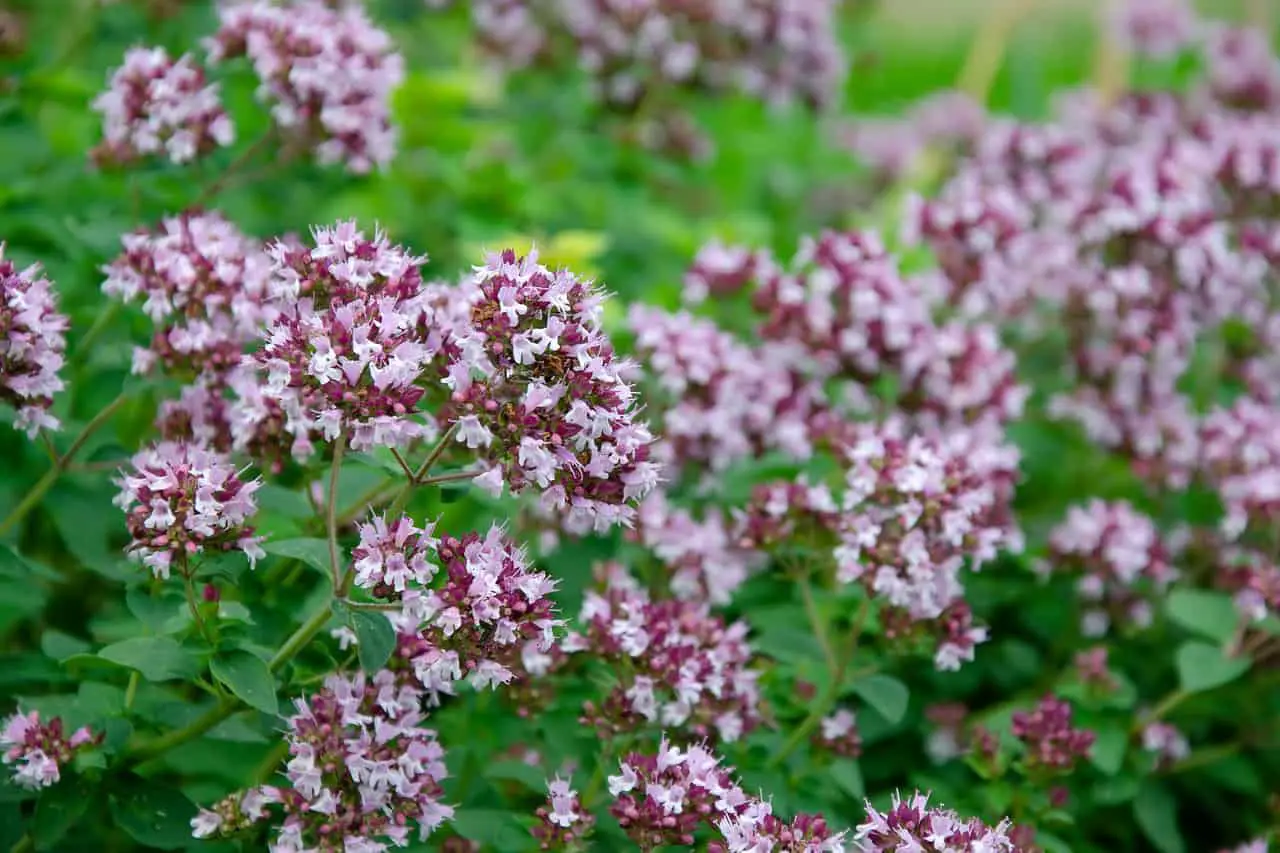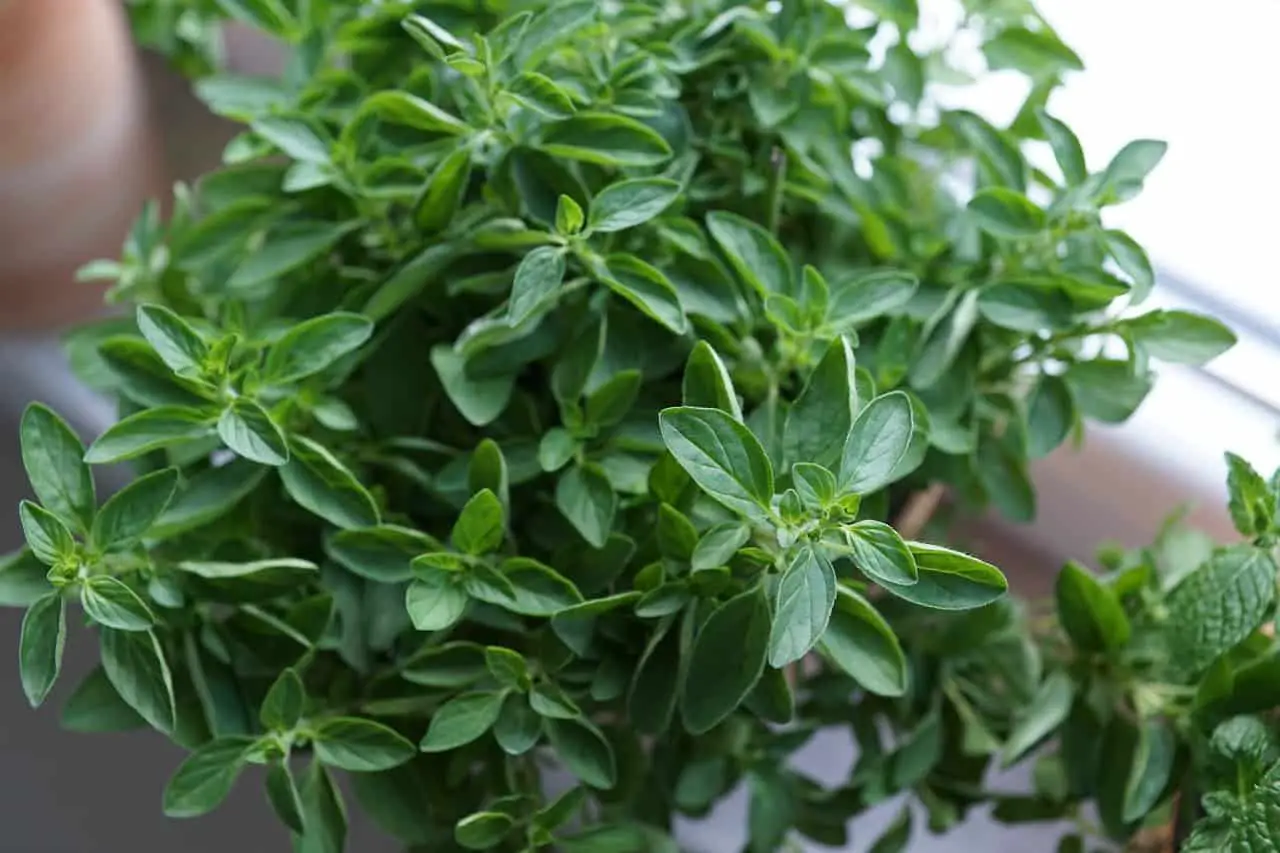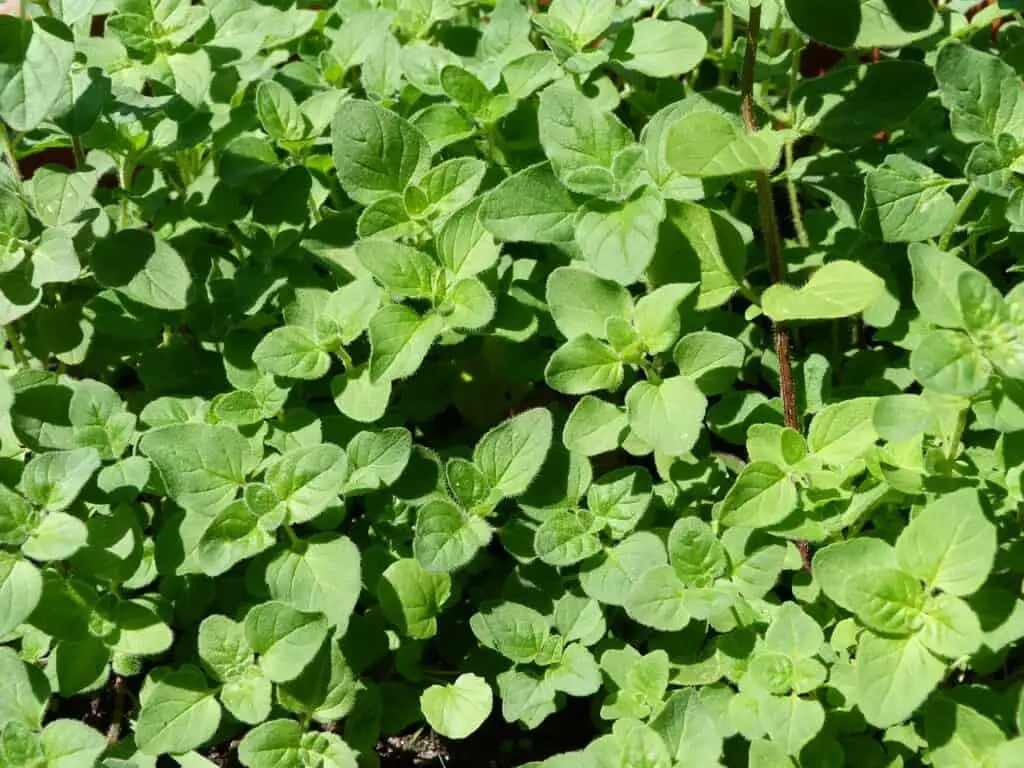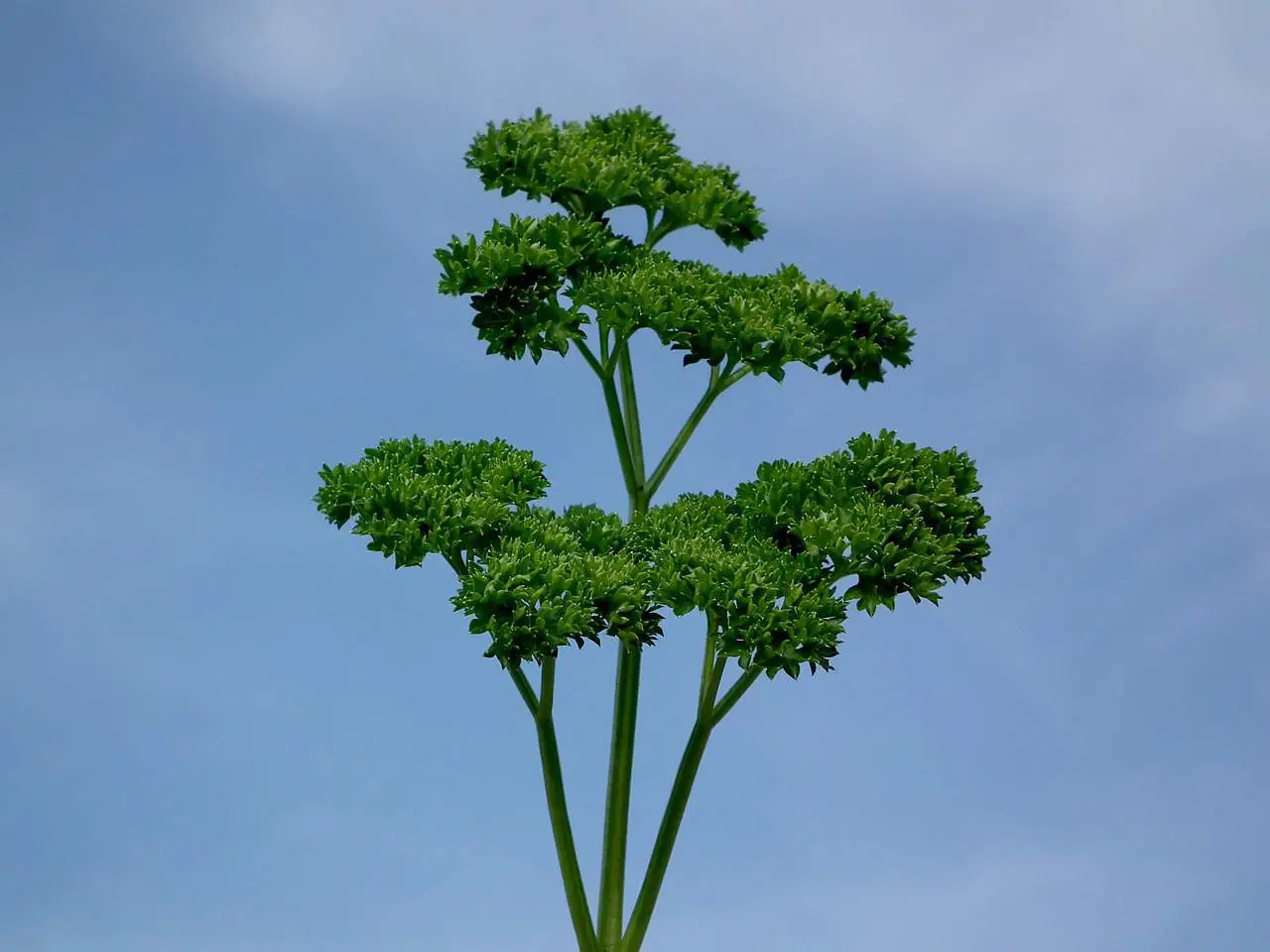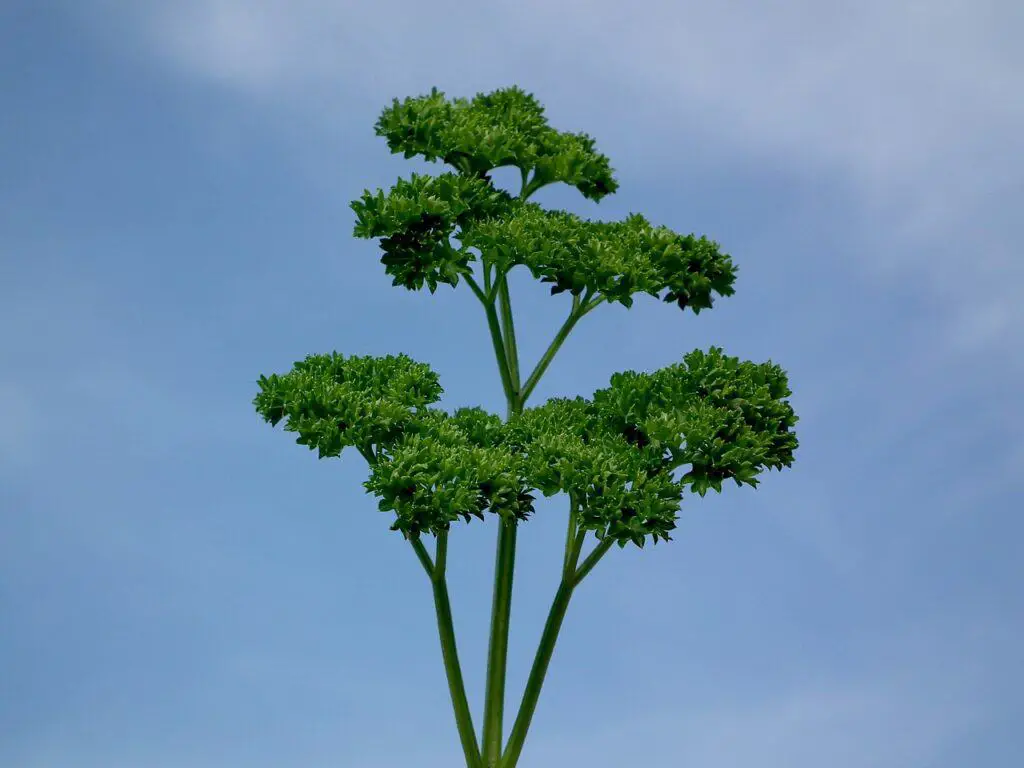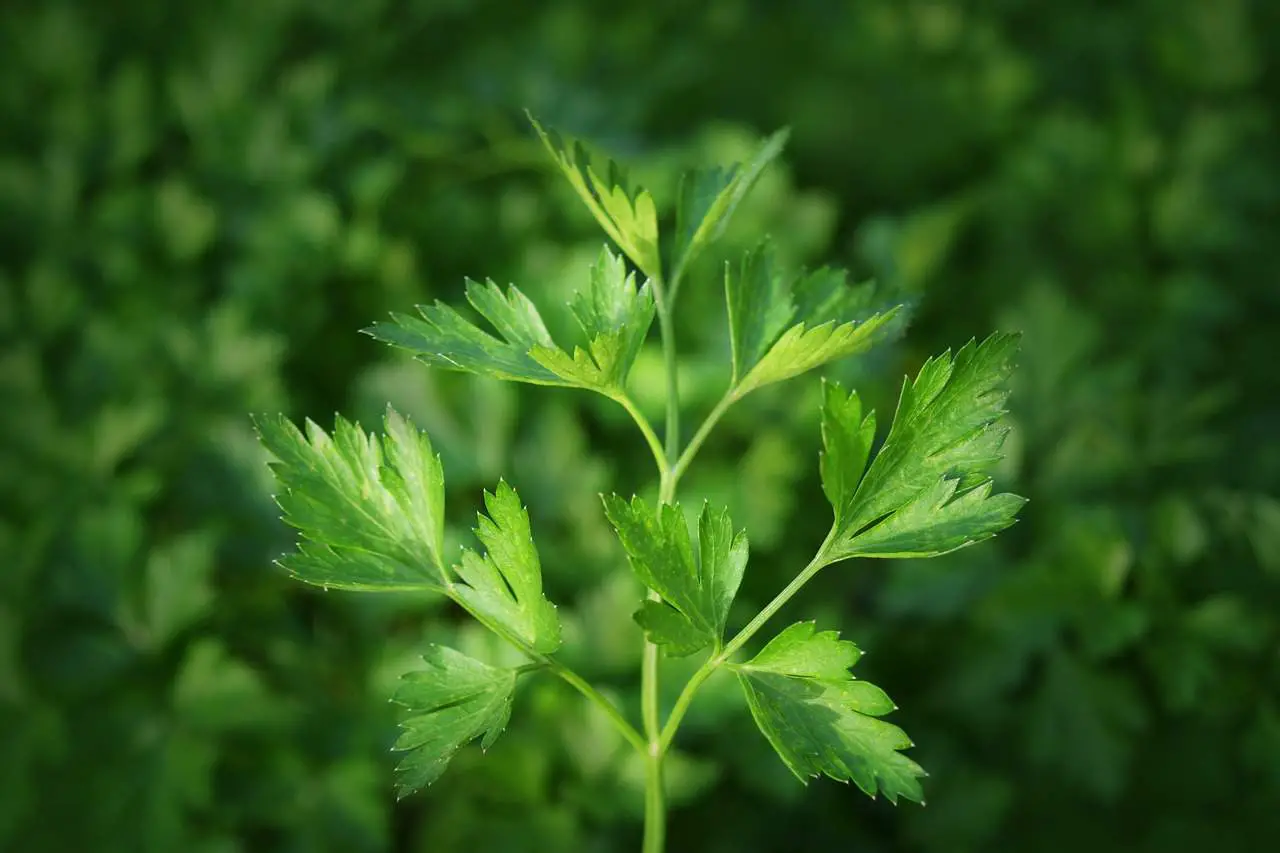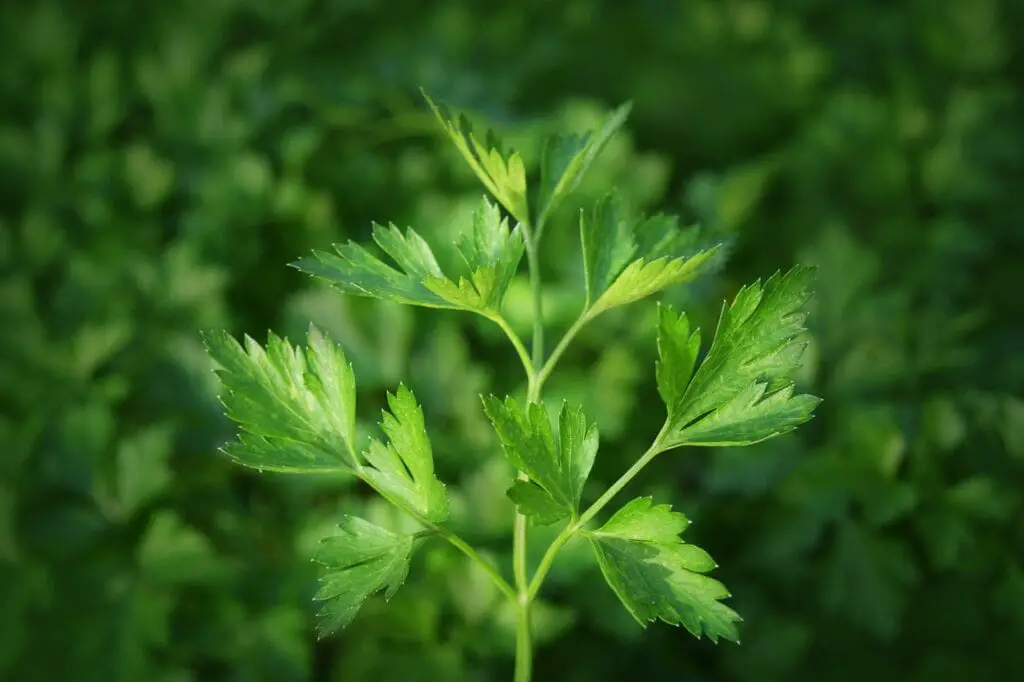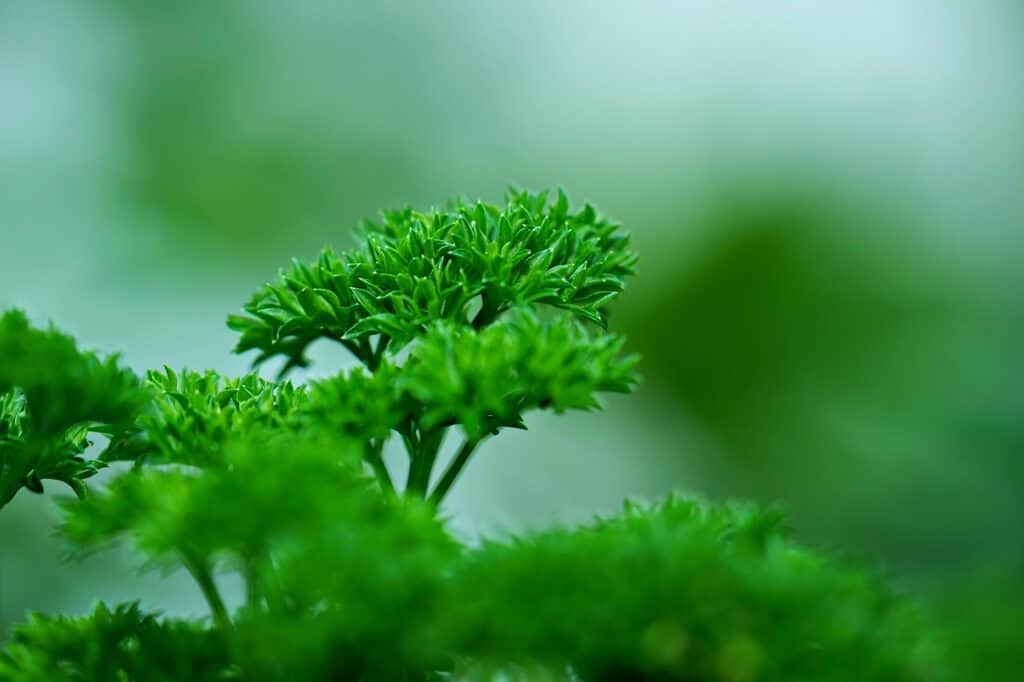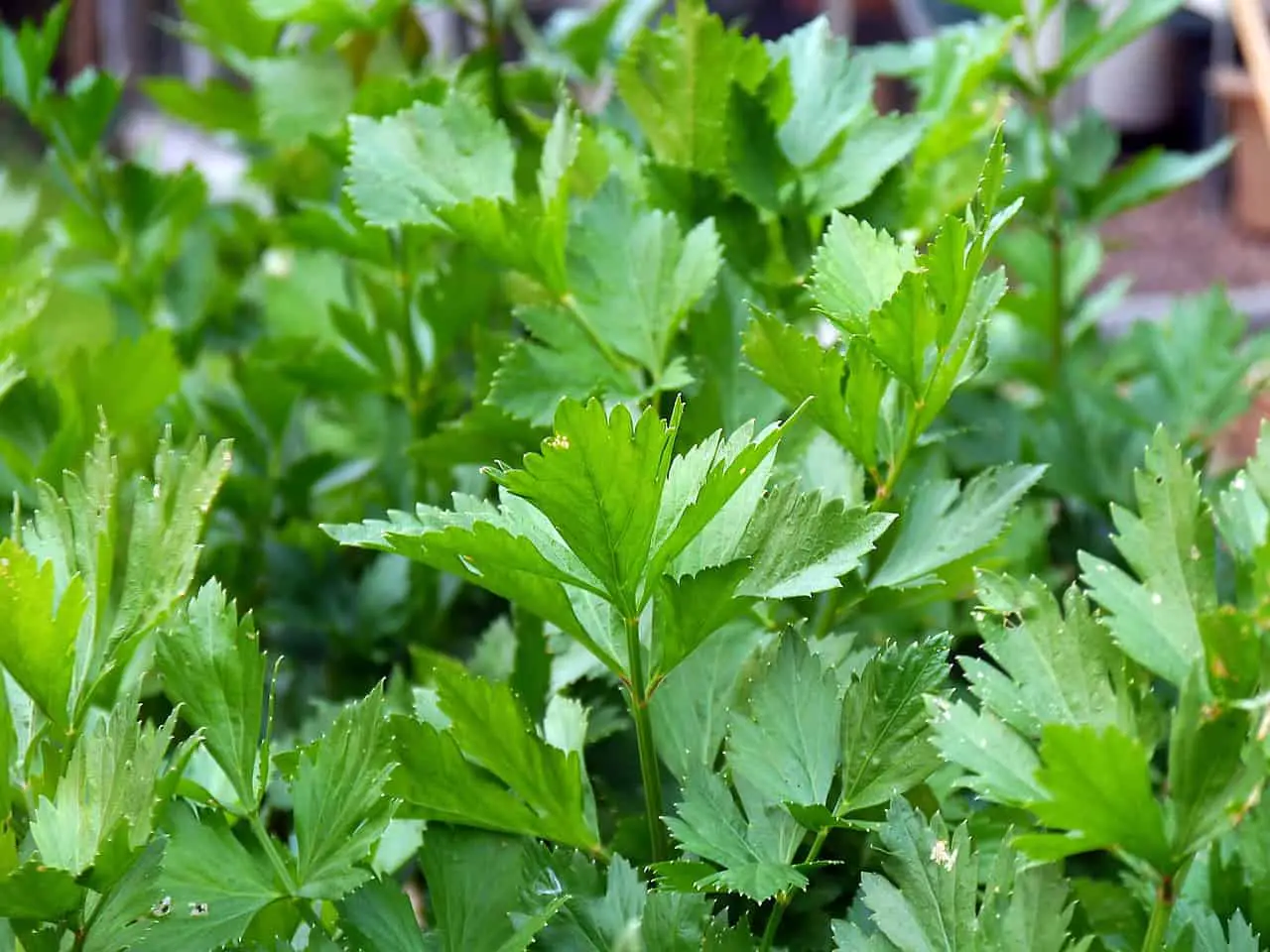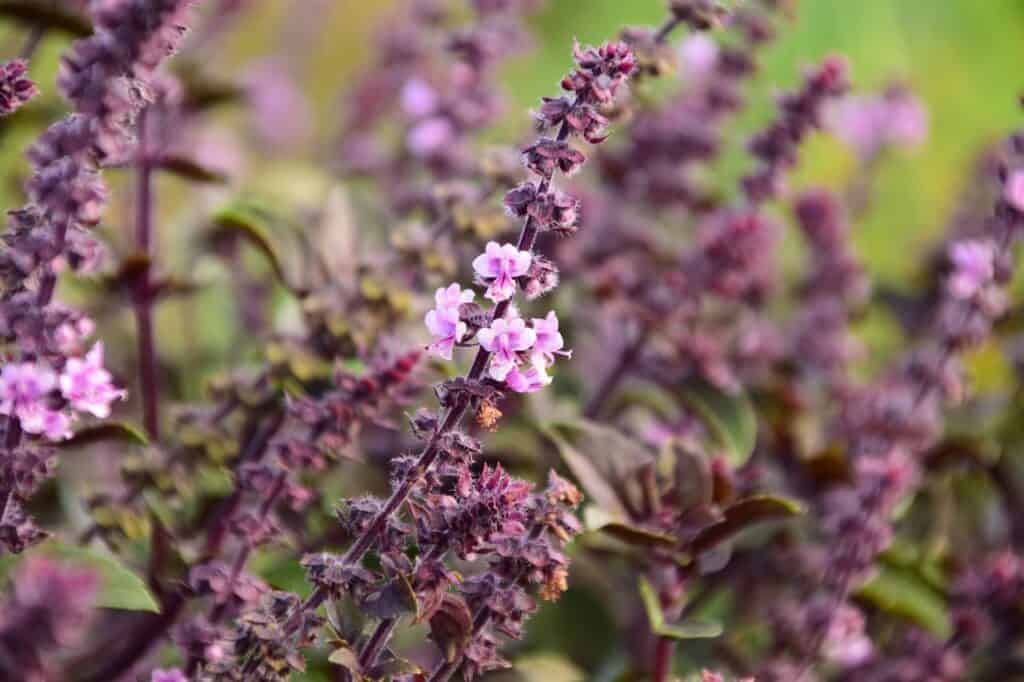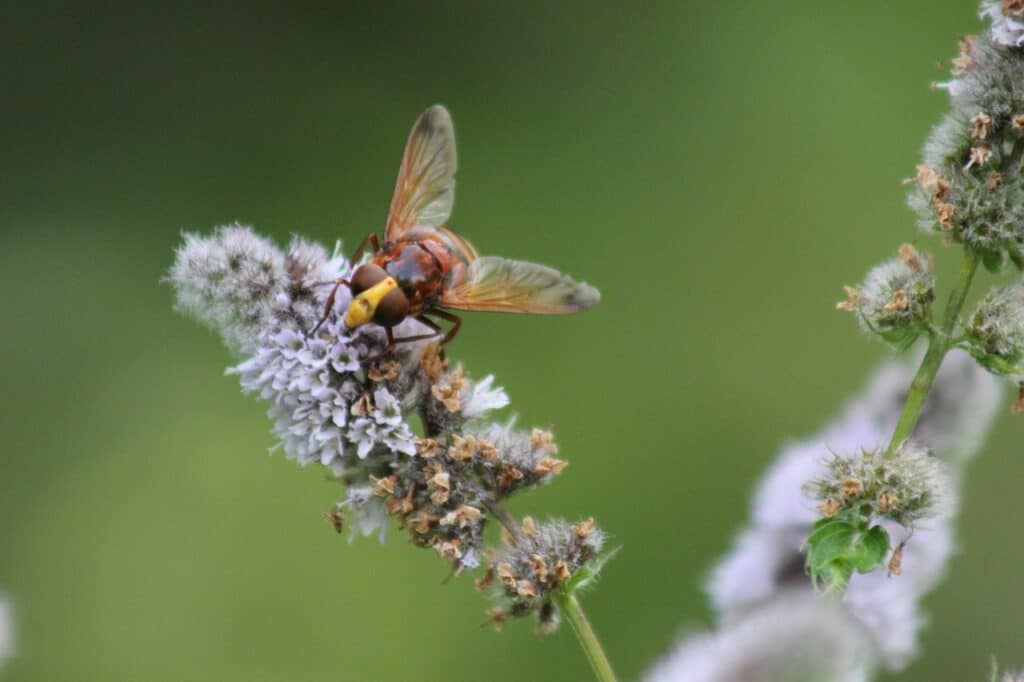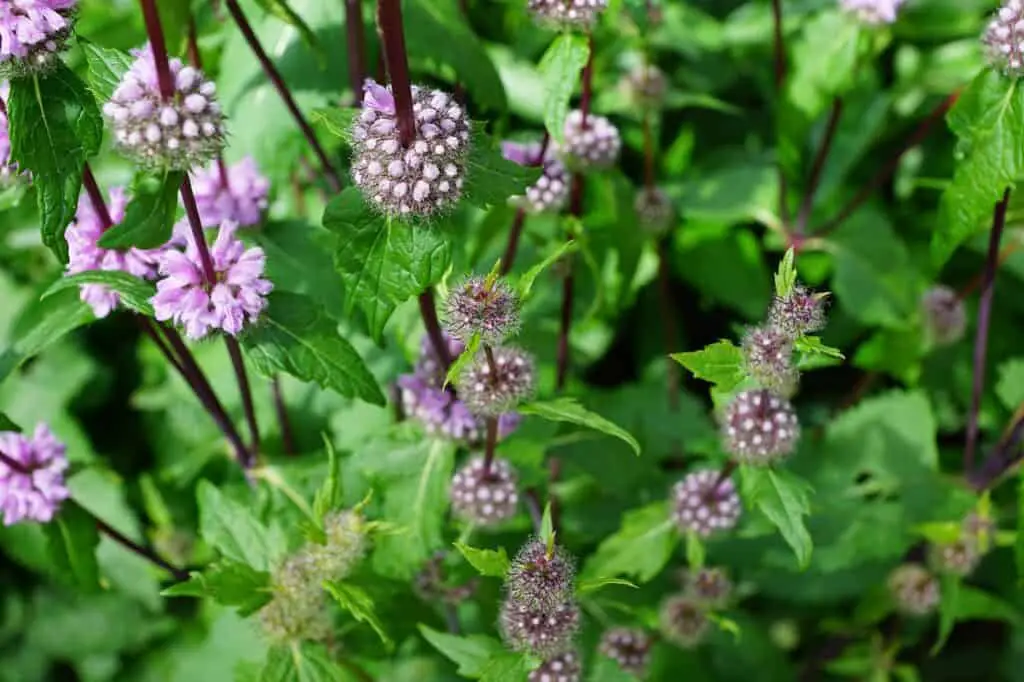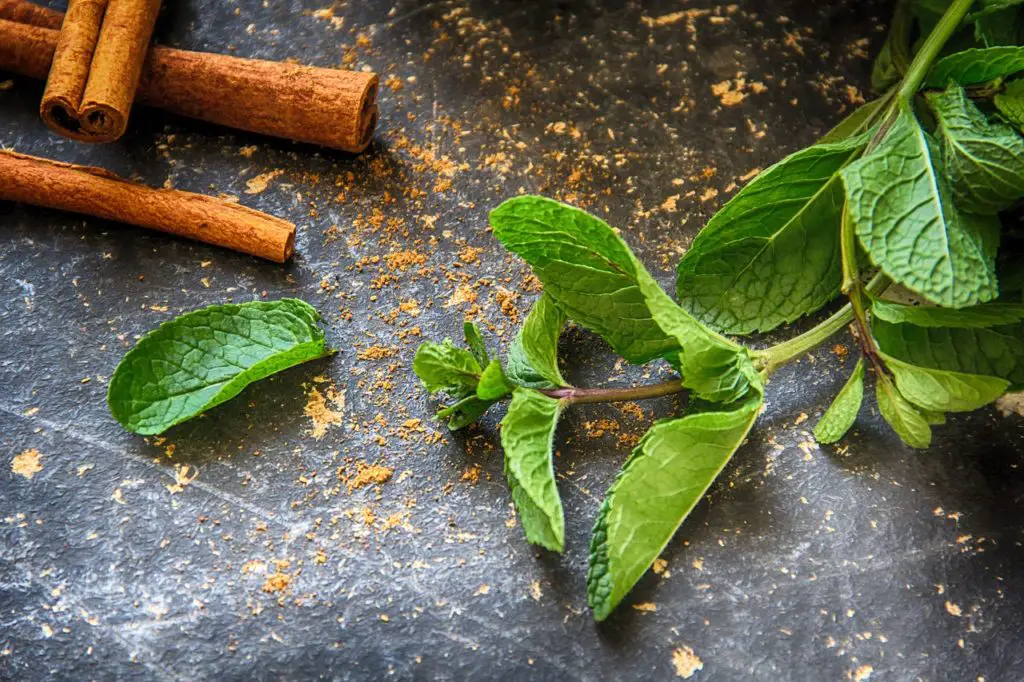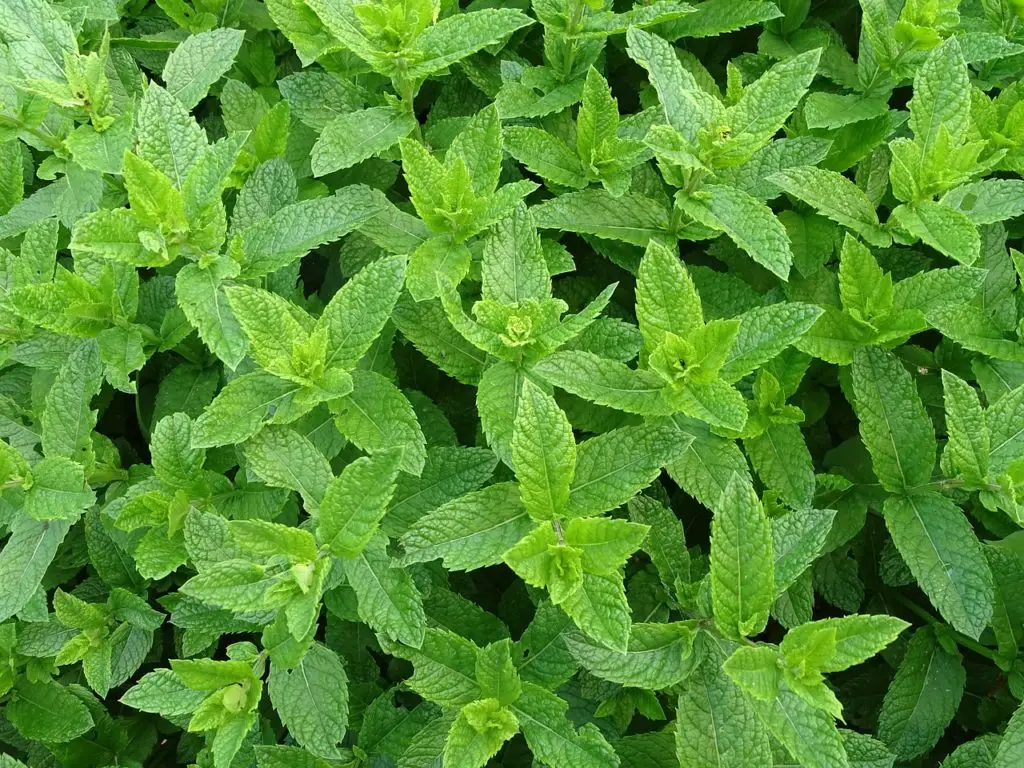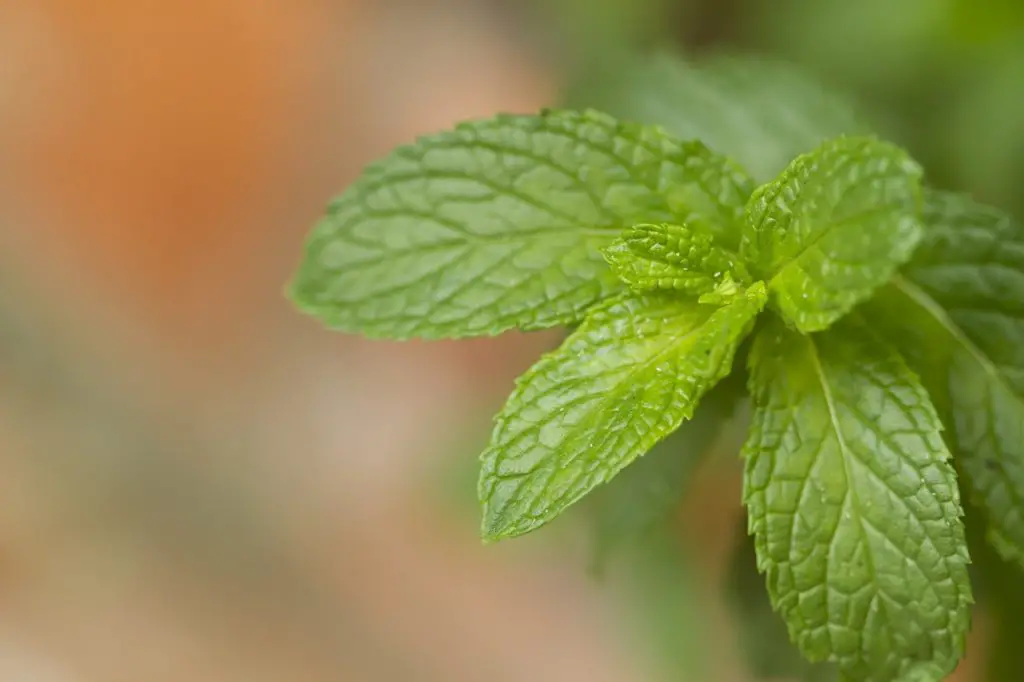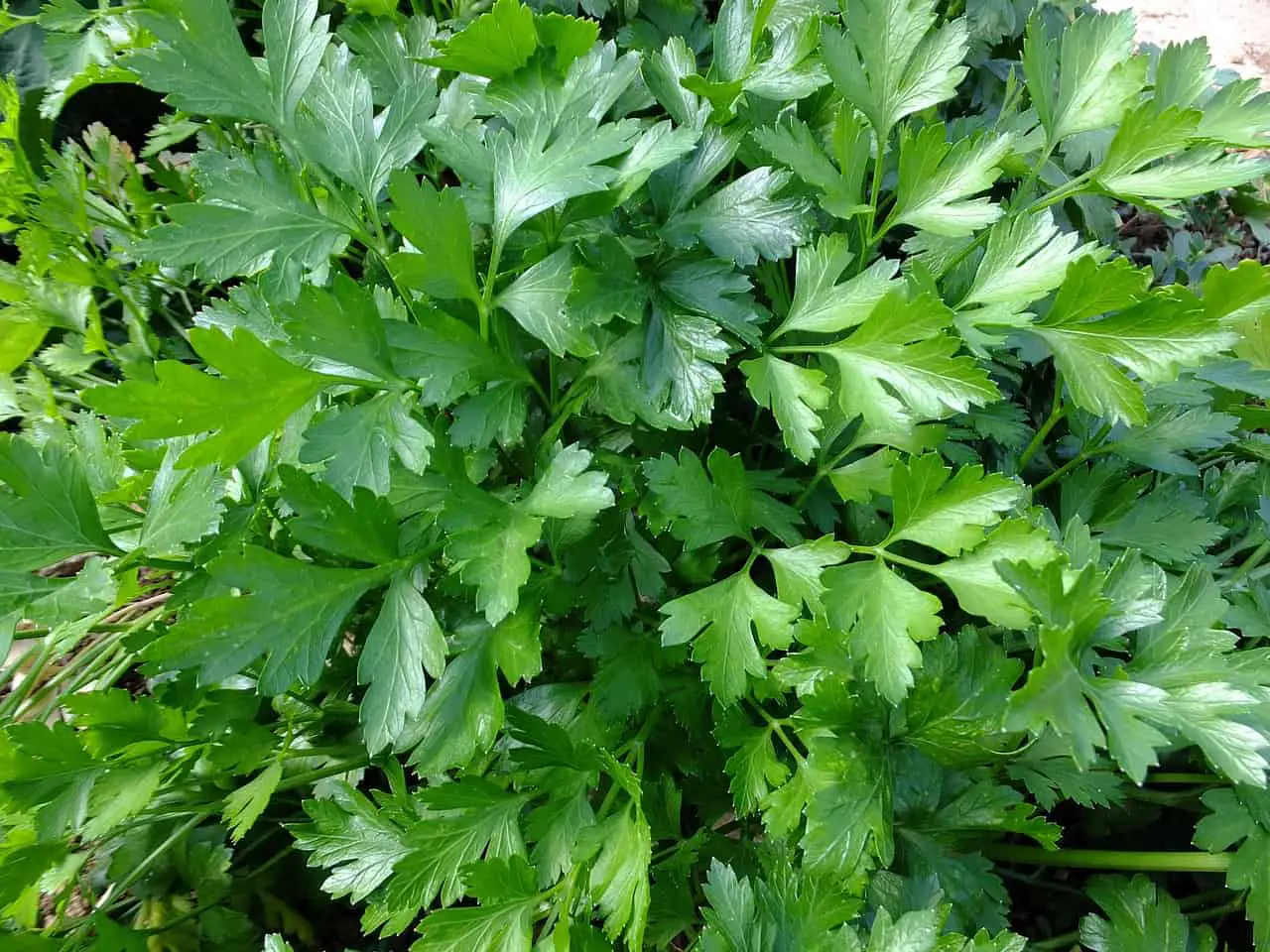Oregano, a beloved herb in the culinary world, is renowned for its aromatic and flavorful contributions to various dishes. However, there are intriguing instances where individuals claim that oregano smells like gasoline or has peculiar tastes. Let’s delve into this aromatic enigma and explore related questions about oregano’s scent and flavor.
Oregano, a herb widely celebrated in culinary traditions, boasts a distinctive and robust aroma. The scent is characterized by earthy, peppery, and slightly sweet notes, creating a profile that adds depth to various dishes. Whether encountered in its fresh or dried form, oregano’s fragrance is instantly recognizable and plays a pivotal role in elevating the flavor of Mediterranean and Italian cuisines. The herb’s aromatic allure is derived from essential oils, particularly carvacrol and thymol, which contribute to its unique olfactory profile. Oregano’s rich and versatile scent makes it a beloved staple in kitchens around the world, enhancing the culinary experience with its aromatic complexity.
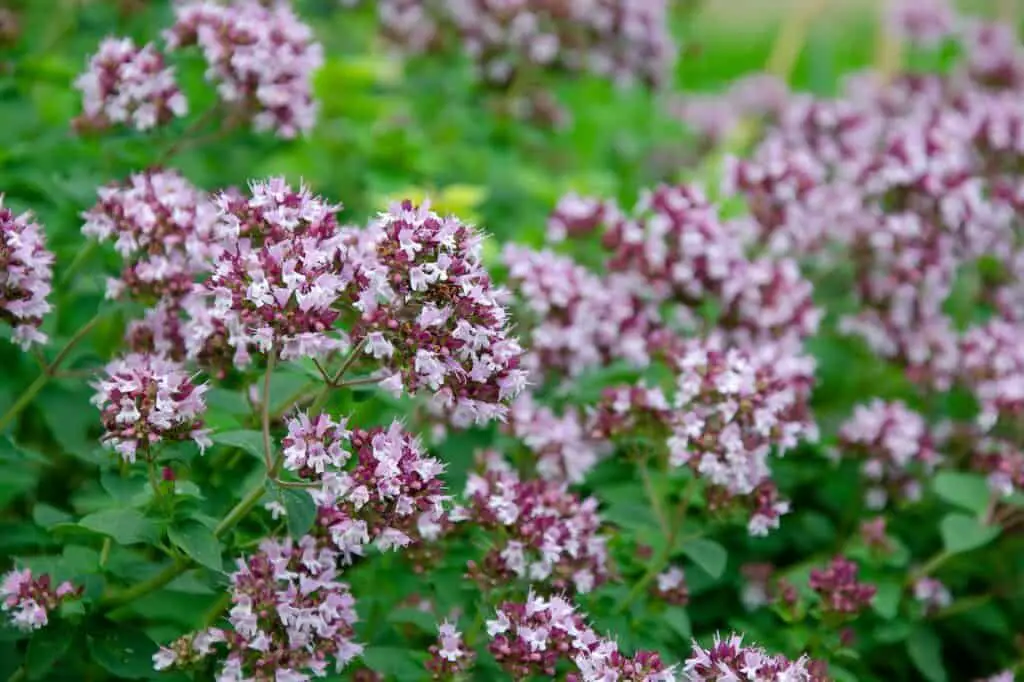
Oregano Smells Like Gasoline
The assertion that oregano smells like gasoline may puzzle many, considering its usual association with savory and earthy aromas. This claim could stem from individual differences in olfactory perception or experiences with specific varieties of oregano. It’s essential to recognize that scent preferences can vary widely among individuals, and what one person perceives as a gasoline-like smell may not be universally agreed upon.
Oregano Tastes Like Soap
Another curious observation is the claim that oregano tastes like soap. This perception could be linked to individual taste sensitivities or interactions with specific compounds found in certain varieties of oregano. While the herb is generally celebrated for its savory and aromatic qualities, the soap-like taste might be an unusual and subjective experience for some.
Oregano Tastes Like Mold
Similar to the soap-like taste, the assertion that oregano tastes like mold could be attributed to individual taste perceptions or the influence of specific compounds present in certain oregano varieties. Moldy flavors are not inherent to oregano, and such experiences might be unique to certain individuals or specific culinary contexts.
It’s important to note that moldy flavors are not inherent to oregano, and such taste experiences could be influenced by factors such as personal sensitivity, culinary context, or even the quality of the herb used. Oregano is generally appreciated for its aromatic and flavorful contributions to dishes, and the perception of a mold-like taste might be a unique and subjective encounter rather than a characteristic feature of the herb. Exploring different varieties and ensuring the freshness of oregano can contribute to a more accurate representation of its diverse flavor profile.
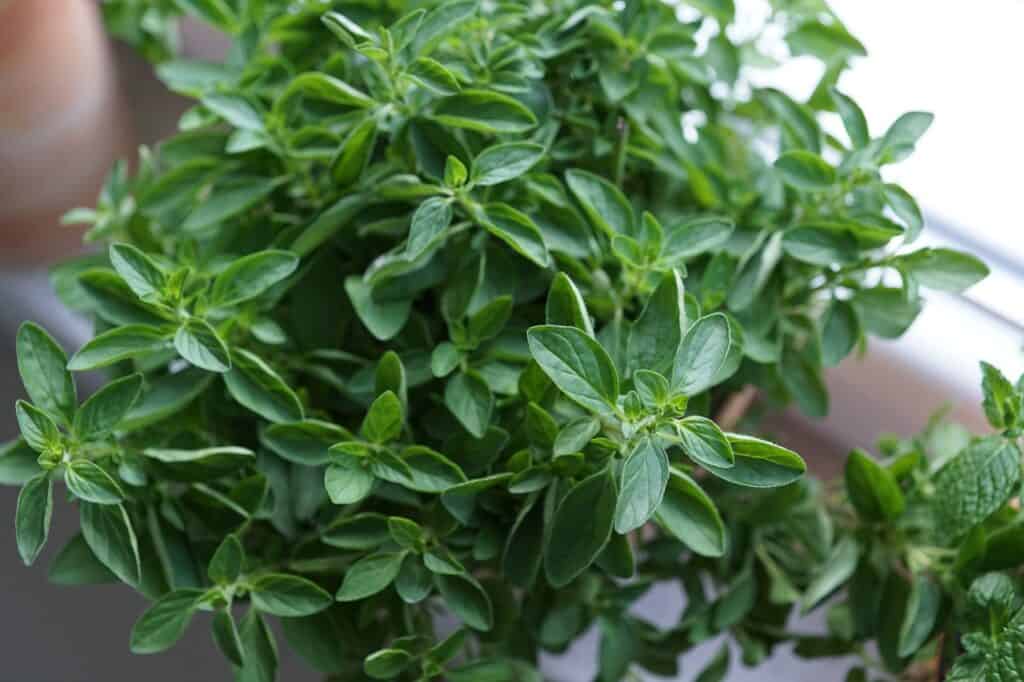
Does Oregano Taste Like Basil?
The taste comparison between oregano and basil is a common inquiry. While both herbs belong to the mint family and share some similarities, their flavors are distinct. Oregano is known for its robust, earthy, and slightly peppery taste, while basil has a sweeter and more subtle flavor profile. The choice between the two often depends on the desired flavor profile for a particular dish.
FAQ
Can oregano cause allergic reactions?
Oregano is generally considered safe for consumption and does not commonly cause allergic reactions. However, individuals with allergies to plants in the Lamiaceae family, which includes mint, basil, and oregano, may experience cross-reactivity. It’s advisable for those with known allergies to exercise caution and consult with a healthcare professional if uncertain.
Does oregano lose its flavor when dried?
Drying oregano is a common method of preserving the herb, and while some flavor loss can occur, dried oregano retains much of its aromatic qualities. The concentration of flavor may even be more potent in dried form, making it a convenient and flavorful addition to various dishes.
Conclusion
In the world of culinary herbs, oregano’s diverse and sometimes puzzling scents and tastes add a layer of intrigue to its culinary use. While some claim it smells like gasoline or tastes like soap or mold, these experiences are subjective and may be influenced by individual sensitivities or specific varieties of oregano. The herb’s versatility and unique flavor profile continue to make it a cherished ingredient in kitchens worldwide. Ultimately, the complex and varied experiences with oregano underscore the fascinating interplay between individual perception and the multifaceted nature of this culinary herb.
